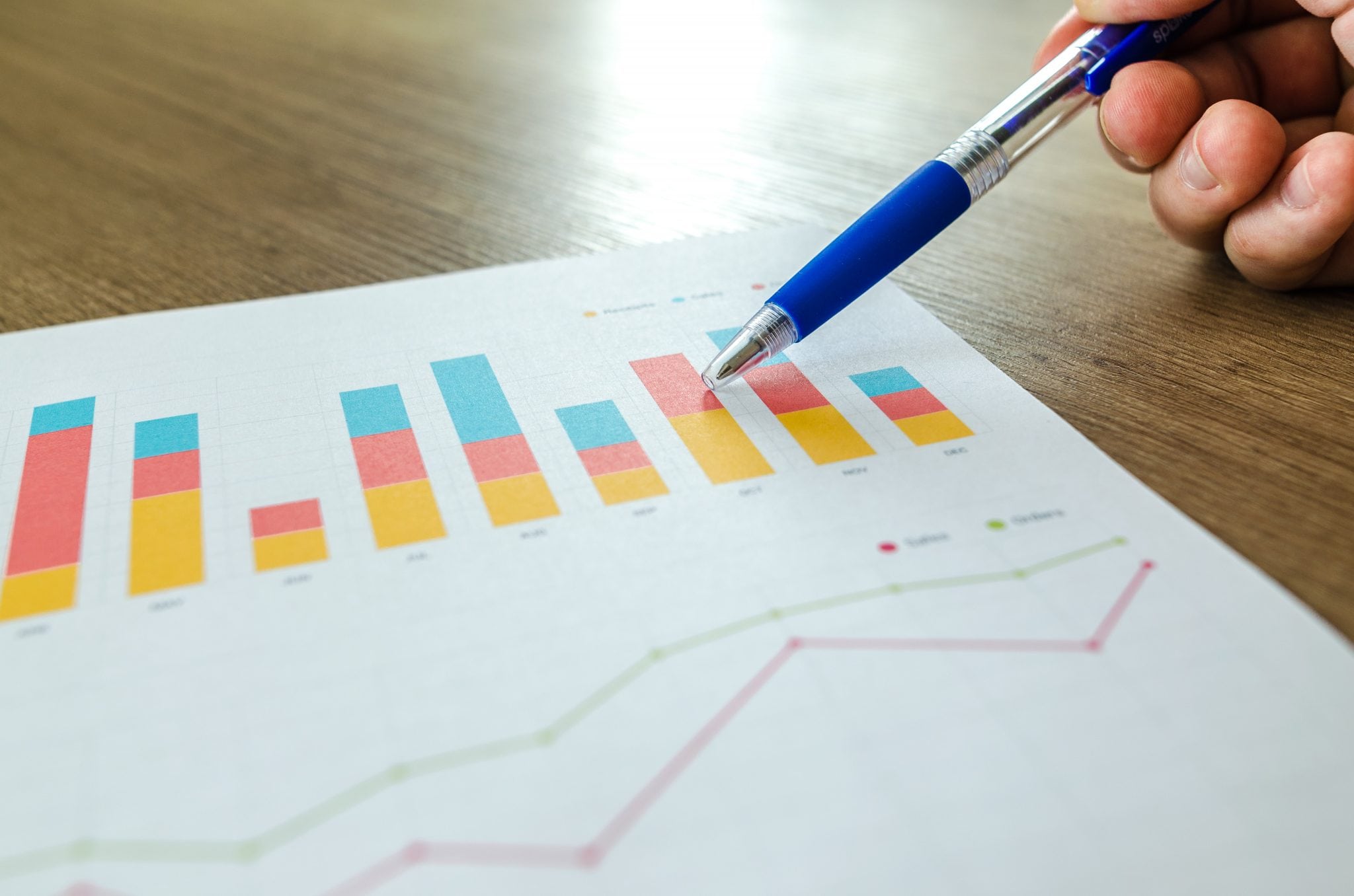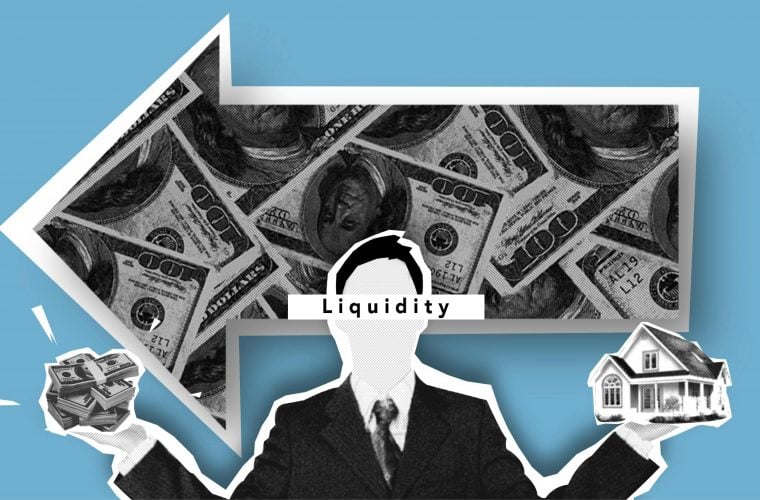
Discover the Evolution of Retail Forecasting
Contributed by Adrian Silipo, Marketing Manager at Retalon
Your forecast sets the tone for your annual budget and how you’ll operate in the coming fiscal year. Traditionally, retailers have forecasted solely based on sales, however, a growing number of retailers are making the jump to demand-based forecasting with the help of predictive analytics and machine learning. Is demand-based forecasting really more accurate, and why does it matter?
In this article we’ll explore forecasting in the retail industry, why demand-based forecasting can greatly improve accuracy over traditional forecasting methods, how demand-based forecasting works, and other significant benefits of this approach.
Why Do Retailers Need Forecasting?
Retailers live or die by their forecasts. Forecasts affect every element of a retail business, from planning and open to buys, to inventory assortment, distribution, pricing, and promotions. An accurate forecast enables you to be proactive, improves ROI, gives you more consistency in your business, and is critical to success.
How Is Forecasting Traditionally Done In Retailing?
Traditionally, forecasting was done via spreadsheets or simple software relying heavily on past history, human input, and guesswork. Retailers would look at last year’s sales data, the previous year’s history, and the business goals for the upcoming year. Then they would factor in their predictions on changes in trends in order to try to forecast the next year’s sales.
Traditional forecasting is low in accuracy and high in labor because many things change from year to year. For example, any of the following changes could make last year’s data obsolete:
- New products
- New/changing promotions and events
- Changes in vendors and vendor costs
- Variability in store performances
- New competitors or changes to the competition
- Emerging disruptive technology
- Changing customer patterns and behaviors
Basing your forecast on last year’s data can be tremendously misleading. Retailers risk repeating last year’s mistakes and experiencing higher inventory costs and lost sales.
How Is Demand-Based Forecasting Different?
Demand-based forecasting doesn’t just look at previous sales, instead it tells you what you’ll sell based on the true demand of your products. It does so by looking at many factors affecting your business, such as:
- New products could cannibalize sales of other products
- The size curves of your customers (rather than the size curves of your suppliers)
- Determining whether your product’s sales are driven by markdowns or by optimal price
Demand-based forecasting is less concerned with what you sold last year, and more concerned with what you would have sold, had the right sizes/colors/styles been in stock.
For example, if you had sporadic out of stocks last year, traditional sales-based forecasting would not account for the lost sales incurred, whereas demand-based forecasting would calculate what you would have sold, and ensures that you have inventory in place to avoid those lost sales in the coming years.
What Are The Benefits Of Demand-Based Forecasting?
Powerful retail predictive analytics providers like Retalon use their engines to build a highly accurate demand-based forecast that is used across all retail functions:
Planning
Using demand-based forecasting in retail planning allows you to identify hidden opportunities to expand and optimize assortment. Having one unified forecast for your business connects planning to inventory management enabling retailers to execute plans successfully.
Inventory Management
Advanced forecasting is the cornerstone of successful inventory management. Using a demand-based forecast:
- Purchase the optimal amount of inventory
- Allocate merchandise to the correct channels and locations
- Automate and optimize replenishment
- Proactively balance inventory levels and assortment between stores
Promotions
Promotions and inventory solutions that work hand-in-hand with your forecast ensure that you have the right products in the right places at the right time. Retailers can use demand-forecasting to coordinate promotions and inventory management by bringing in the extra inventory to support a promotion.
Proven ROI
Retalon clients typically see a decrease in inventory costs by up to 40%, an increase in sales by up to 20%, more successful promotions, reduced manual labor, better brand image, greater customer satisfaction, and more visibility to your business.
If You Really Want To Change The Way You Do Business, Start With Your Forecast
Moving away from a traditional sales-based forecast and evolving your business to rely on demand-based forecasting, will increase forecast accuracy and improve critical KPIs across your entire business, such as in-stock percentage and GMROII. Reducing inventory costs and increasing sales are just some of the many benefits of switching to demand-based forecasting.
Adrian Silipo is the Marketing Manager at Retalon, an award-winning provider of retail predictive analytics solutions for planning, inventory management, merchandising, pricing, and promotions. Retalon’s solutions are built on one unified platform to account for all factors influencing your business. Learn more at Retalon.














